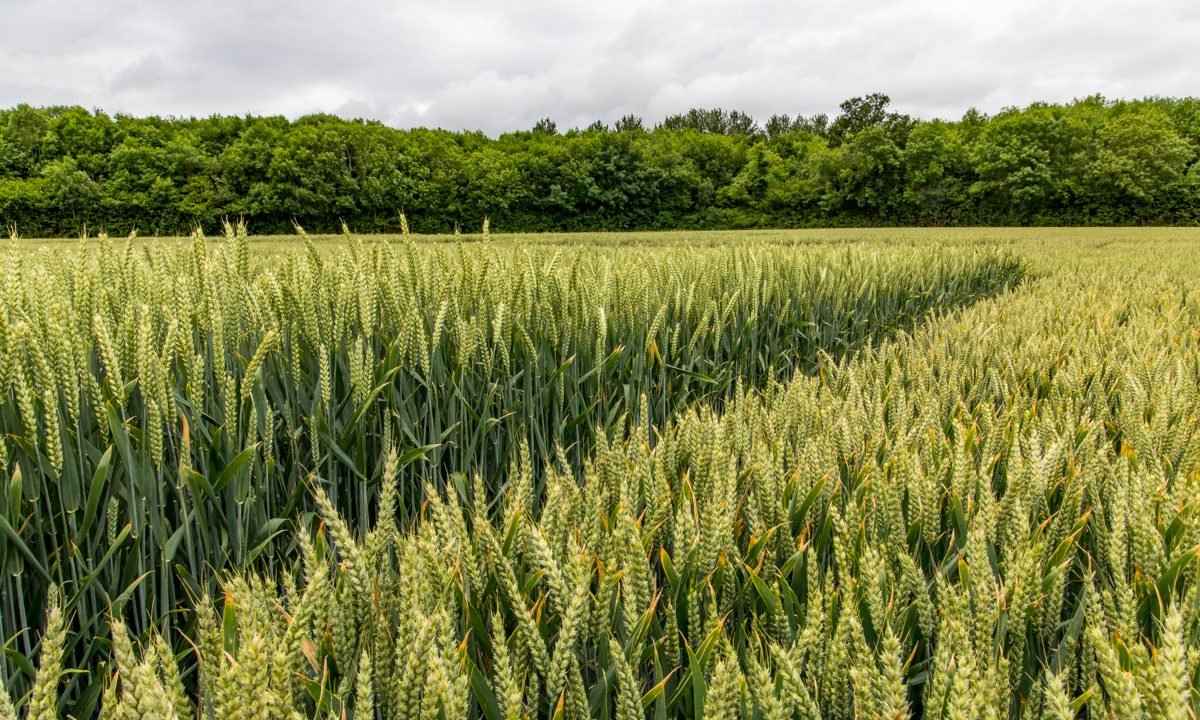With the weather set fair for the next few days, tillage farmers now have a real opportunity to get on top of all crop disease challenges.
Fungicide timing is the key determinant of successful disease control in wheat. A fully emerged leaf one (flag leaf) and leaf three indicate the key timings.
According to Teagasc, research has shown that plus or minus seven days of a fully emerged leaf one can make a significant difference in high crop disease-pressure situations.
Septoria control in winter wheat will be based around azole and quinone inside inhibitor (QiI) chemistries.
These products have performed well against septoria in Teagasc trials and in the field. However, both are at risk of resistance and should only be used once per crop at the rate required and in mixtures with a multi-site like folpet.
Older products (Ascra Xpro, Elatus Era, etc.) still have a role in disease control. But the foundation of good control still relies on applying products at the correct timings.
The latest stage to safely use a plant growth regulator (PGR) in winter barley is the awns peeping stage.
Terpal at 1.2-1.5L/ha or Cerone at 0.6-0.7L/ha are options, but growers should pay close attention to the latest timing.
Final fungicide application
The final fungicide application on winter barley needs to be timed at the awns emerging stage. It should consist of an azole plus an SDHI/strob and folpet.
The final fungicide timing on winter oats should take place as the ear emerges from the boot. The aim is to target diseases, such as rust and mildew, while prolonging green leaf area.
Suitable product mixes include an azole/SDHI/strob mix (e.g., Elatus Era at 0.75-0.8L/ha, Proline at 0.5L/ha plus Amistar, Comet at 0.5L/ha plus or minus a mildewcide, or Boogie at 1.0L/ha).
According to Teagasc, spring beans were generally sown early this year, which may increase disease pressure.
The key to bean disease control is early spraying when disease is first seen or expected. Chocolate spot is the main threat but downy mildew, and sometimes rust, can rob yield.
Growers should apply Elatus Era at 0.66L/ha (only once), Signum at 0.5-0.75L/ha, or Amistar at 0.5L/ha plus tebuconazole at 0.75L/ha at the start of flowering.
